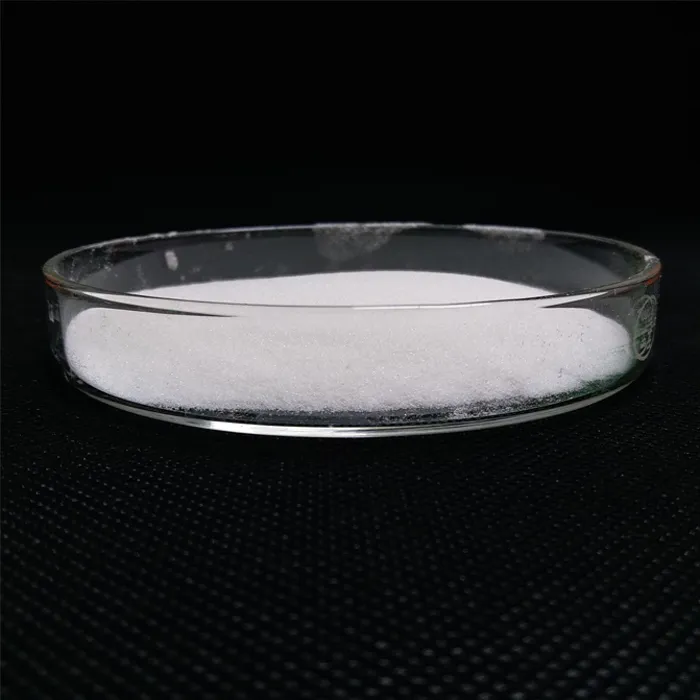Understanding Plastic Additives Enhancing Performance and Versatility
Plastics have become an integral part of modern life, playing essential roles in various applications, from packaging and construction to electronics and automotive components. However, the base resin used in plastic production often requires modifications to achieve desired properties, enhance performance, and ensure suitability for specific applications. This is where plastic additives come into play. These additives can significantly alter the behavior of the polymer, improving its physical, chemical, and aesthetic properties. In this article, we will explore the different types of plastic additives, their functions, and their importance in the plastics industry.
Types of Plastic Additives
Plastic additives can be broadly classified into several categories based on their functions
1. Stabilizers These additives are crucial for enhancing the longevity and durability of plastics, especially when exposed to environmental stressors like heat, light, and oxygen. Common stabilizers include antioxidants, UV stabilizers, and thermal stabilizers, which protect the polymer chains from degradation and maintain physical properties over time.
2. Plasticizers Used primarily to increase the flexibility, workability, and extensibility of plastics, plasticizers lower the glass transition temperature of the resin. Phthalates, adipates, and citrates are popular plasticizers that make materials like polyvinyl chloride (PVC) softer and more pliable, enhancing their usability in products such as wires, flooring, and packaging films.
3. Fillers These materials are added to plastics to reduce costs, enhance strength, or improve certain physical properties. Fillers can be inorganic substances, such as calcium carbonate or talc, or organic materials like wood flour. Fillers can enhance the rigidity of plastics and provide bulk without significantly increasing the price.
4. Flame Retardants In products where fire safety is a concern, flame retardants are essential additives that reduce flammability and prevent the spread of fire. These additives can be halogenated or non-halogenated and can be incorporated into various plastics used in electronics, automobiles, and construction materials.
list of plastic additives

5. Colorants To achieve aesthetic appeal, colorants such as dyes and pigments are used in plastic formulations. While dyes are soluble in the polymer matrix, pigments are particulate and can enhance opacity and UV stability. The choice of colorant affects not only the appearance but also the product's heat stability and processing characteristics.
6. Impact Modifiers These additives improve the toughness and impact resistance of plastics, making them less brittle and more suitable for demanding applications. They're particularly important for materials like polystyrene and acrylics, where impact resistance is a crucial factor in product performance.
7. Processing Aids These additives help in the manufacturing process of plastics, improving flow during processing, reducing viscosity, and preventing defects like melt fracture. Common processing aids include slip agents and dispersants, which optimize the extrusion and molding processes.
Importance of Plastic Additives
The incorporation of additives is vital for unlocking the full potential of plastic materials. The versatility of plastics is greatly enhanced by using various additives, enabling them to meet specific application demands across multiple industries. For example, automotive manufacturers use additives to create lightweight, impact-resistant panels that contribute to vehicle safety while reducing fuel consumption. In the construction industry, additives allow for producing weather-resistant materials, ensuring longevity and performance under harsh environmental conditions.
Additionally, with growing environmental concerns, there has been a significant shift towards developing more sustainable additives. Biodegradable plasticizers and eco-friendly stabilizers are gaining popularity, meeting both consumer demands and regulatory standards.
Conclusion
Plastic additives play a crucial role in shaping the properties and functionalities of plastic materials. The diverse range of additives available allows manufacturers to tailor plastics to meet specific requirements, enhancing performance while addressing environmental concerns. As technology advances, the innovation of new additives will likely continue, making plastics even more versatile and sustainable for future applications. Whether in everyday products or specialized industrial uses, the impact of plastic additives is profound and far-reaching, proving essential to the modern world.

